Whether you’re seeking a serene escape, an adventure-filled getaway, or a cultural immersion, Pinkstone Travel brings you meticulously crafted Salalah tour packages to suit every traveler’s desires.
Salalah, often called the “Perfume Capital of Arabia,” owes its allure to its rich history as a hub of the frankincense trade and its dramatic transformation during the Khareef (monsoon) season. From June to September, the region awakens with lush greenery, earning it the nickname “The Green Jewel of Oman.” Beyond this seasonal spectacle, Salalah boasts year-round wonders: ancient ruins, turquoise beaches, and rugged mountains that whisper tales of a storied past.
Nestled in the southernmost region of Oman, Salalah is a city like no other. Known as the "Perfume Capital of Arabia," Salalah offers a unique blend of natural beauty, cultural heritage, and modern luxury. Surrounded by the majestic Dhofar Mountains, lush greenery during the Khareef (monsoon) season, and pristine beaches along the Arabian Sea, Salalah is a destination that captivates travelers year-round.
Whether you're an adventure enthusiast, a history lover, or someone seeking tranquility amidst nature, Salalah has something for everyone. In this comprehensive guide, we’ll take you through the top things to do in Salalah, complete with insider tips, hidden gems, and practical advice to make your trip unforgettable.
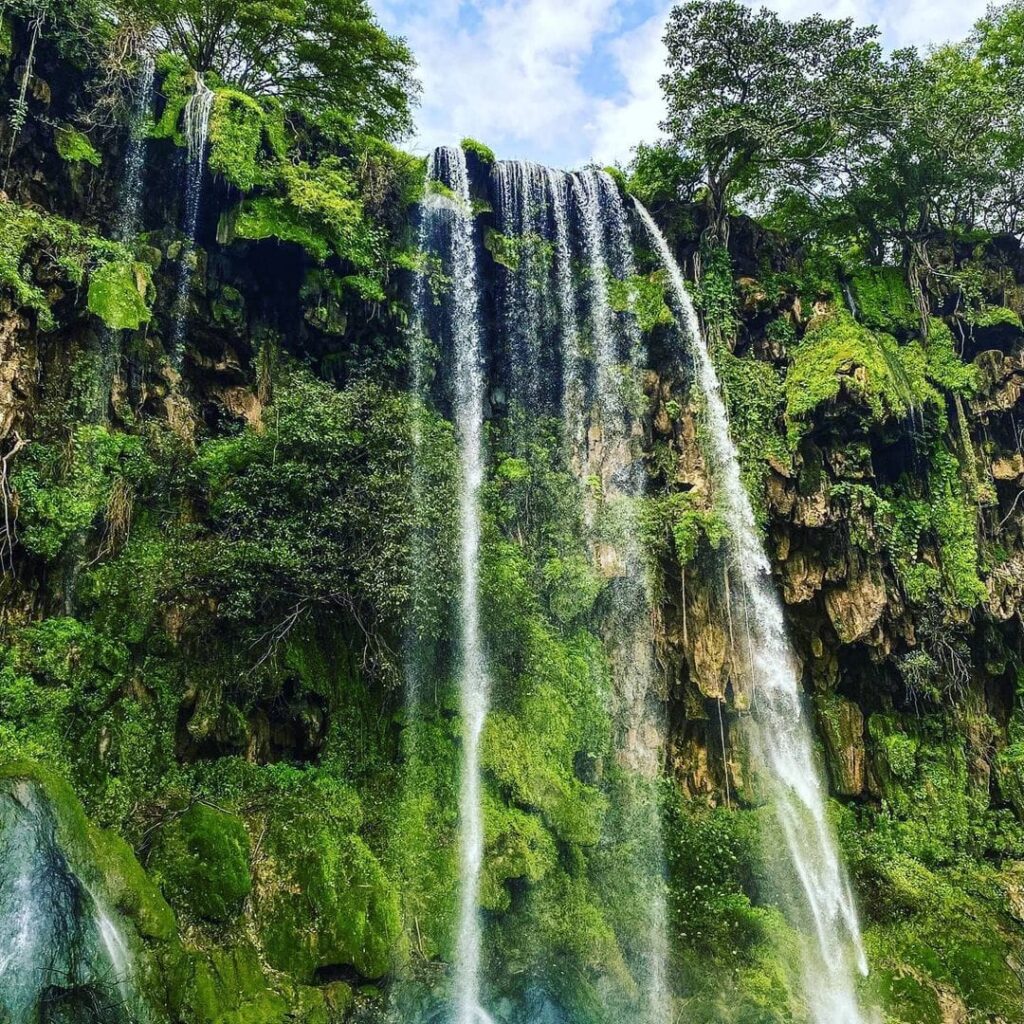
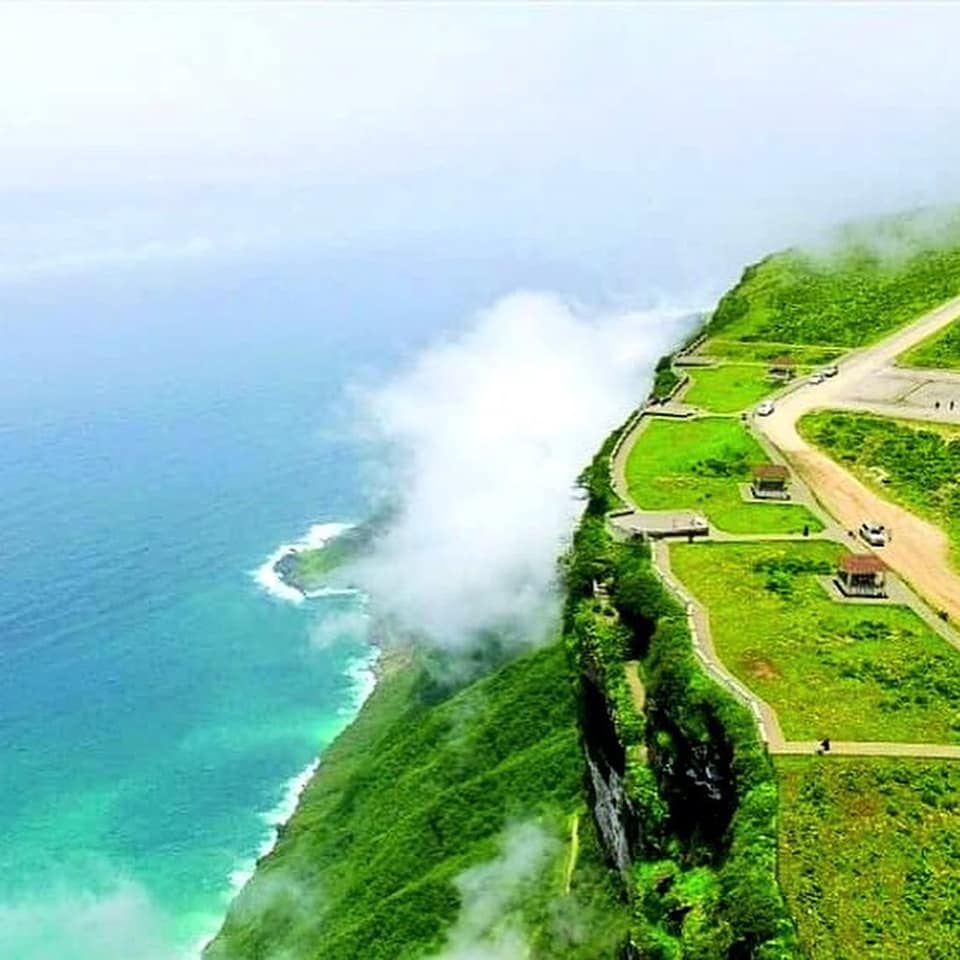
Salalah boasts some of the most beautiful beaches in Oman, offering crystal-clear waters, powdery white sand, and dramatic landscapes. These beaches are perfect for relaxation, water sports, and photography.
What to Expect : Al Mughsayl Beach is one of Salalah’s most iconic destinations, famous for its natural blowholes. During high tide, seawater shoots up through rock formations, creating a spectacular display. The beach is framed by rugged cliffs and offers breathtaking views of the Arabian Sea.
Take a leisurely walk along the shore and enjoy the fresh sea breeze.
Capture stunning photos of the blowholes and surrounding cliffs.
Relax under the shade of palm trees while listening to the sound of crashing waves.
Pro Tip : Visit during sunset for a magical experience as the sky transforms into shades of orange and pink. Bring a tripod if you’re into photography!
Salalah is rich in natural beauty, history, and cultural heritage, making it a popular destination in Oman. Here are the top attractions to explore in Salalah:
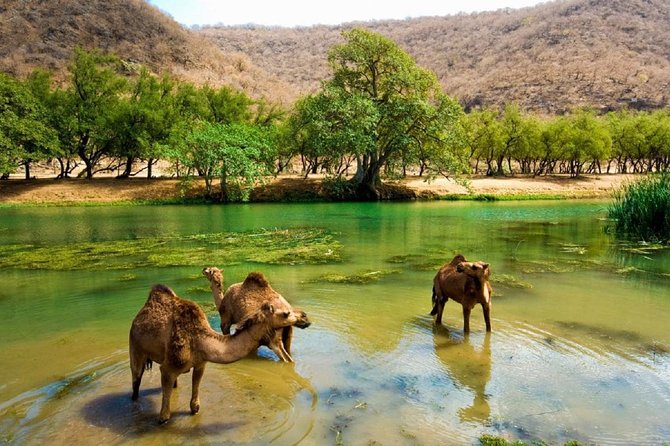
Overview: This stunning beach stretches for over 6 kilometers of white sandy shoreline with crystal-clear waters. What makes Al Mughsail particularly captivating are the rugged cliffs, creating a dramatic backdrop, and the blowholes that spout water several meters into the air, especially during high tides or rough seas.
Highlights:
Blowholes: The natural blowholes (Marneef Cave) are a key attraction, where sea pressure creates fountains of water shooting through holes in the rock.
Birdwatching: The area is also ideal for birdwatching, especially during migration seasons.
Relaxation: Ideal for relaxing, picnicking, or simply enjoying the stunning sunset views over the Arabian Sea.
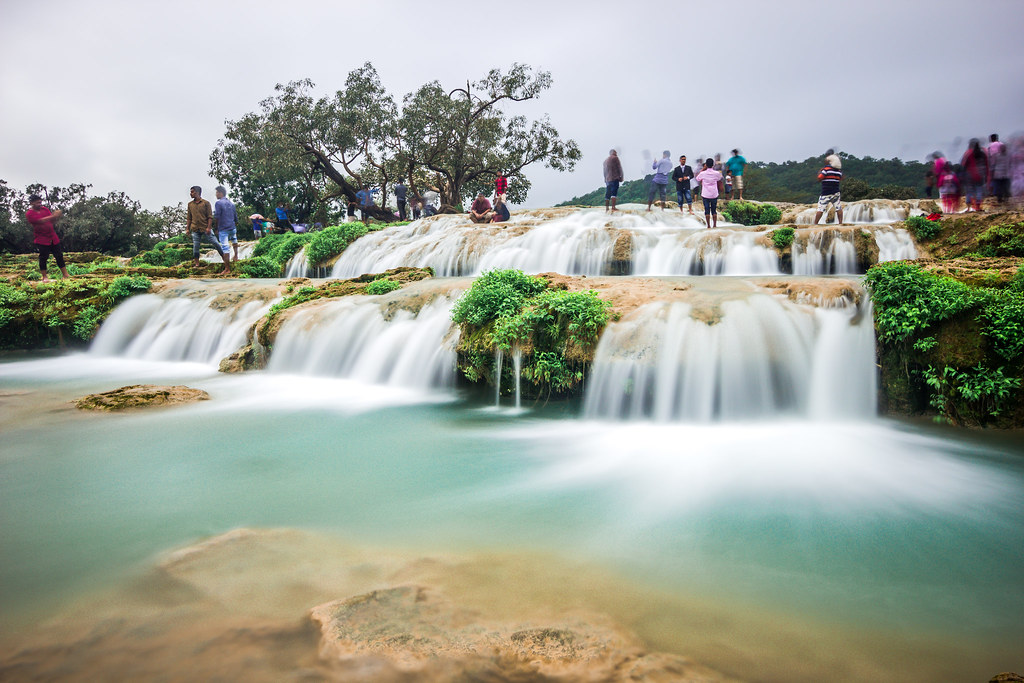
Overview: A lush, green valley that transforms into a paradise during the Khareef (monsoon) season. The wadi is known for its picturesque waterfalls, serene lake, and the green hills that surround it. You can explore the area on foot, by boat, or even by camel.
Highlights:
Waterfalls: During the Khareef season, the waterfalls are a major attraction, creating a scenic backdrop for photography and relaxation.
Boating: You can rent small boats to paddle across the lake and take in the stunning views of the valley.
Hiking: There are several walking trails that lead you through the greenery, making it a popular spot for nature lovers and photographers.
Wildlife: You may also spot some wildlife, such as camels, goats, and various bird species.
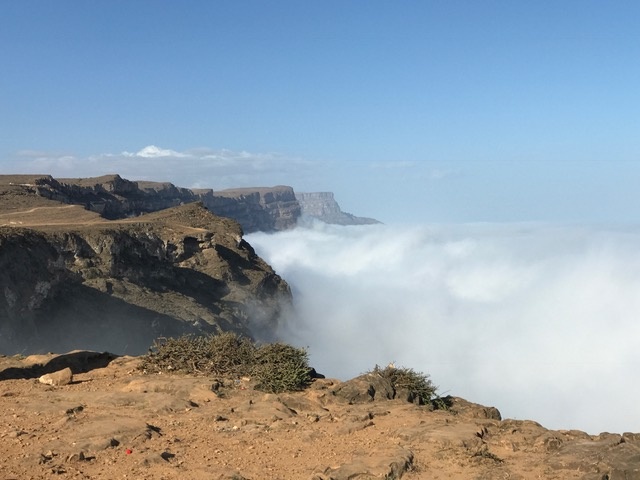
Overview: Jebel Samhan is a vast mountain range and a protected nature reserve, known for its high-altitude views and biodiversity. Standing over 2,100 meters, the cliffs of Jebel Samhan provide one of the best vantage points in Oman.
Highlights:
Panoramic Views: The viewpoint at Jebel Samhan offers incredible vistas of the surrounding valleys, rugged landscapes, and the Arabian Sea.
Hiking and Trekking: The area is popular for trekkers who want to explore the remote and untouched beauty of Oman's highlands.
Wildlife Reserve: The mountain range is a sanctuary for endangered species, including the rare Arabian leopard. Although sightings are rare, the reserve plays a vital role in their protection.
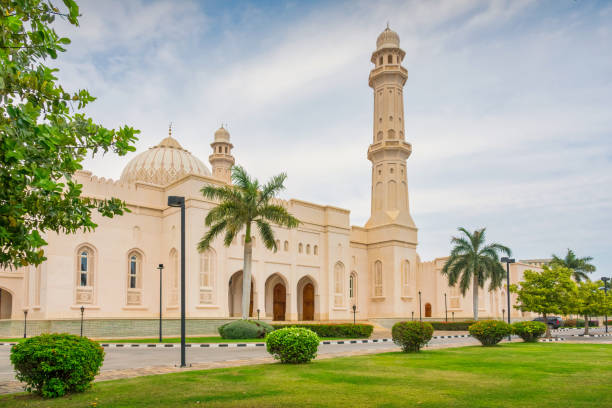
Overview: This mosque, located in the heart of Salalah, is an architectural marvel that combines traditional Islamic design with modern elements. It’s the largest mosque in Salalah and a spiritual hub for locals.
Highlights:
Architecture: The mosque is adorned with intricate Islamic patterns, beautiful marble floors, and a massive central dome that showcases Omani craftsmanship. The interiors feature chandeliers and elaborate calligraphy.
Visiting Etiquette: Visitors are welcome, but modest dress is required. Women are required to cover their hair, and both men and women must wear long sleeves and trousers.
Spiritual Experience: The calm and serene environment of the mosque offers a peaceful atmosphere for reflection.
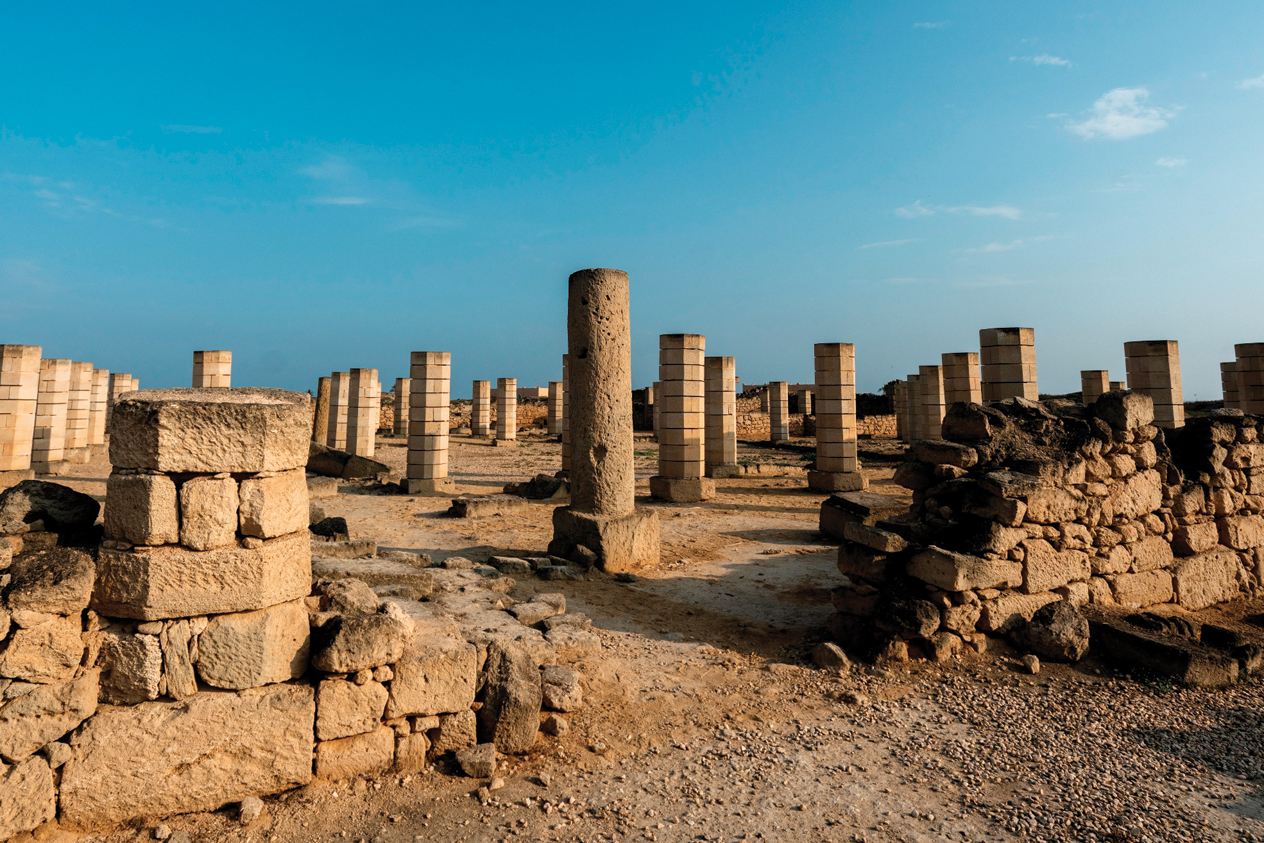
Overview: This UNESCO World Heritage Site was once a thriving port city involved in the frankincense trade. The site is now a large open-air museum, where you can walk among the ruins of ancient buildings, including mosques, houses, and fortifications.
Highlights:
Frankincense Land Museum: Located on-site, the museum displays ancient artifacts and gives insights into the rich history of Oman’s involvement in the frankincense trade.
Ruins Exploration: You can explore the remains of Al Balid’s ancient structures, which date back to the 12th century, giving you a glimpse of Salalah’s past as a crucial trading hub.
Heritage: The site is an important part of the Frankincense Trail, reflecting Oman’s cultural and economic importance during the ancient frankincense trade.
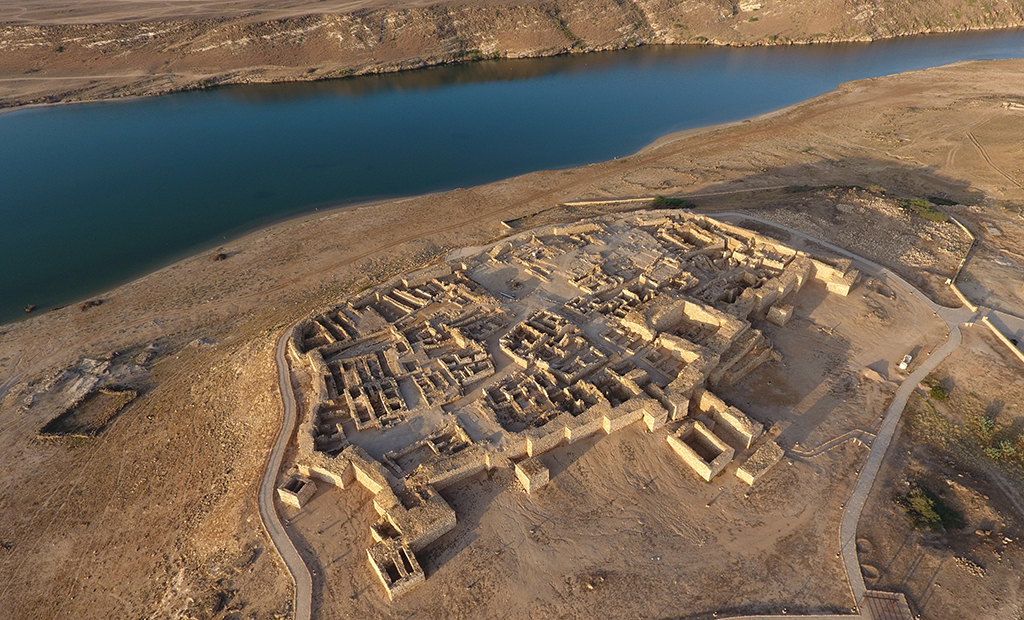
Overview: This ancient port city, another UNESCO World Heritage Site, was established around the 3rd century BC and played a key role in the frankincense trade. Overlooking the Khor Rori lagoon, it is believed to have been a prosperous trading hub connected to the ancient kingdoms of southern Arabia.
Highlights:
Historical Ruins: You can explore the city’s remains, which include fortifications, ancient residential buildings, and temples.
Stunning Views: The site provides magnificent views over the surrounding lagoon, mountains, and Arabian Sea, making it a peaceful and scenic spot for visitors.
Trade History: Exhibits and guided tours highlight the importance of Sumhuram as a center of trade in the ancient world.
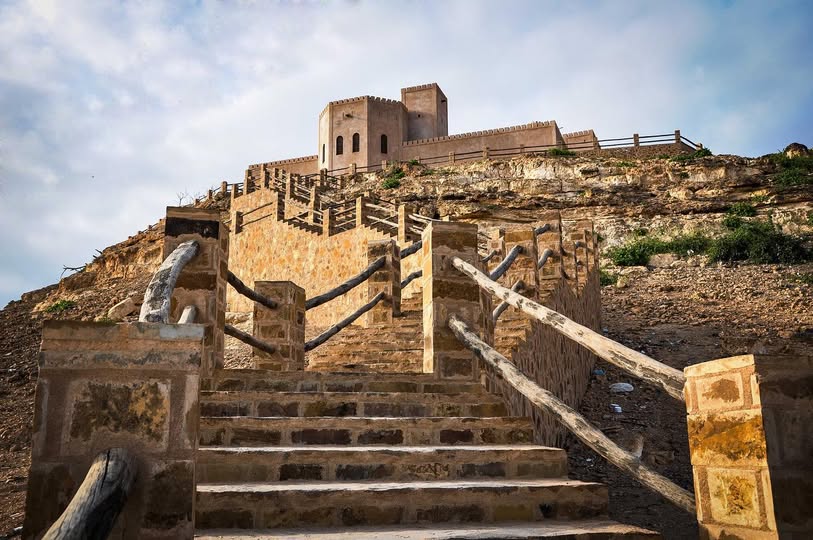
Overview: This small, well-preserved castle was built in the 19th century and served as the residence of the governor (Wali) of Taqah. Today, it has been restored and transformed into a museum that offers a look into Omani life and culture.
Highlights:
Museum: The castle’s rooms are filled with traditional Omani artifacts, including old weapons, kitchenware, and everyday tools. Each room represents a different aspect of Omani life.
Architecture: The fort’s structure is a classic example of Omani defensive architecture, with narrow corridors, watchtowers, and wooden doors.
Panoramic Views: Climb the watchtower for panoramic views of the town of Taqah and its surrounding landscapes.
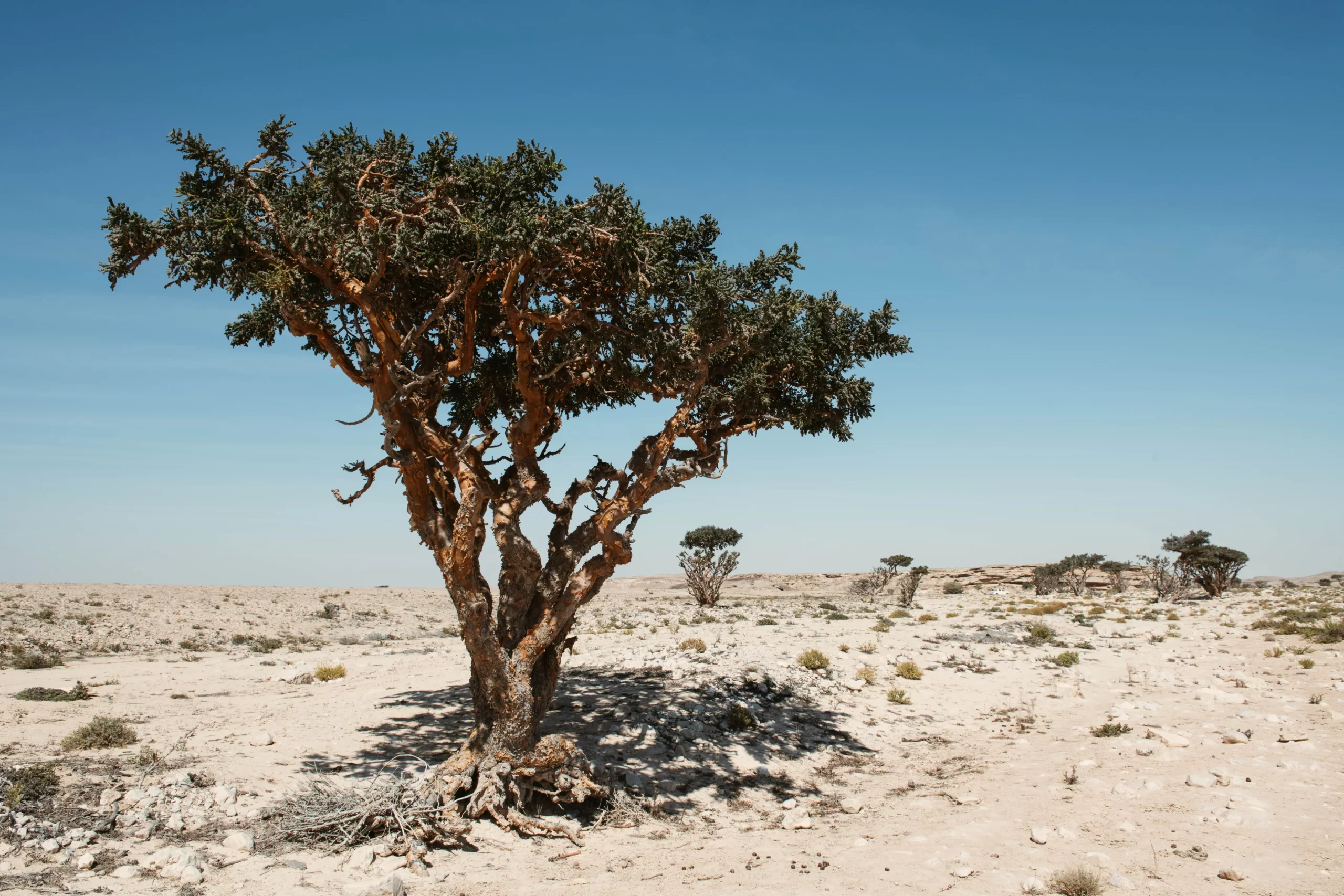
Overview: Wadi Dawkah is a UNESCO-protected site within the Frankincense Trail, home to ancient frankincense trees that have been harvested for their resin for thousands of years. Frankincense is a key part of Oman’s cultural heritage, and Salalah is one of the few places in the world where these trees grow.
Highlights:
Frankincense Harvesting: Learn about the ancient process of harvesting frankincense and its uses in religious rituals, perfumes, and medicine.
UNESCO Site: The site is recognized for its importance in ancient trade and its cultural value.
Guided Tours: Guided tours provide information on the historical and economic significance of frankincense in Omani culture.
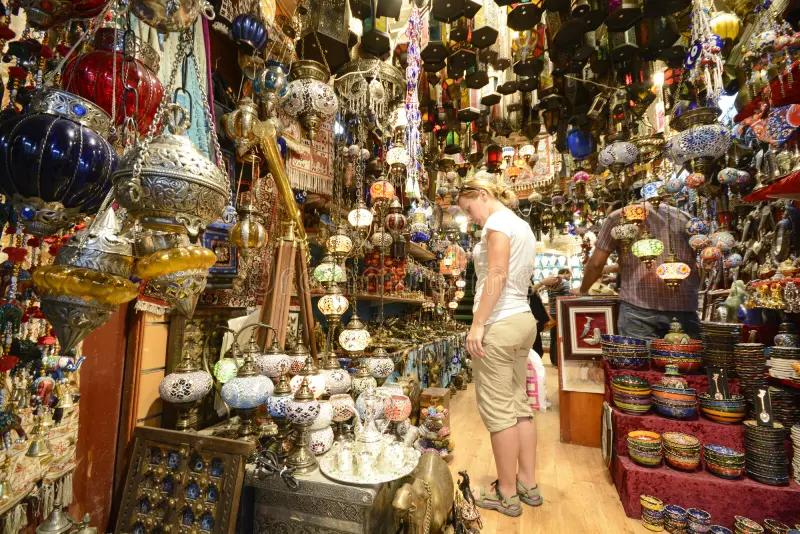
Overview: This traditional market, located near the coast, is one of the best places to experience local culture in Salalah. The souq is famous for its variety of frankincense, perfumes, spices, and handcrafted goods.
Highlights:
Shopping: Explore shops selling high-quality frankincense, Omani perfumes (such as Amouage), silver jewelry, and traditional handicrafts.
Local Culture: Experience the vibrant atmosphere and mingle with local vendors who sell products unique to Oman.
Cultural Souvenirs: It’s a perfect place to buy souvenirs that represent Omani heritage, including textiles, pottery, and incense burners.
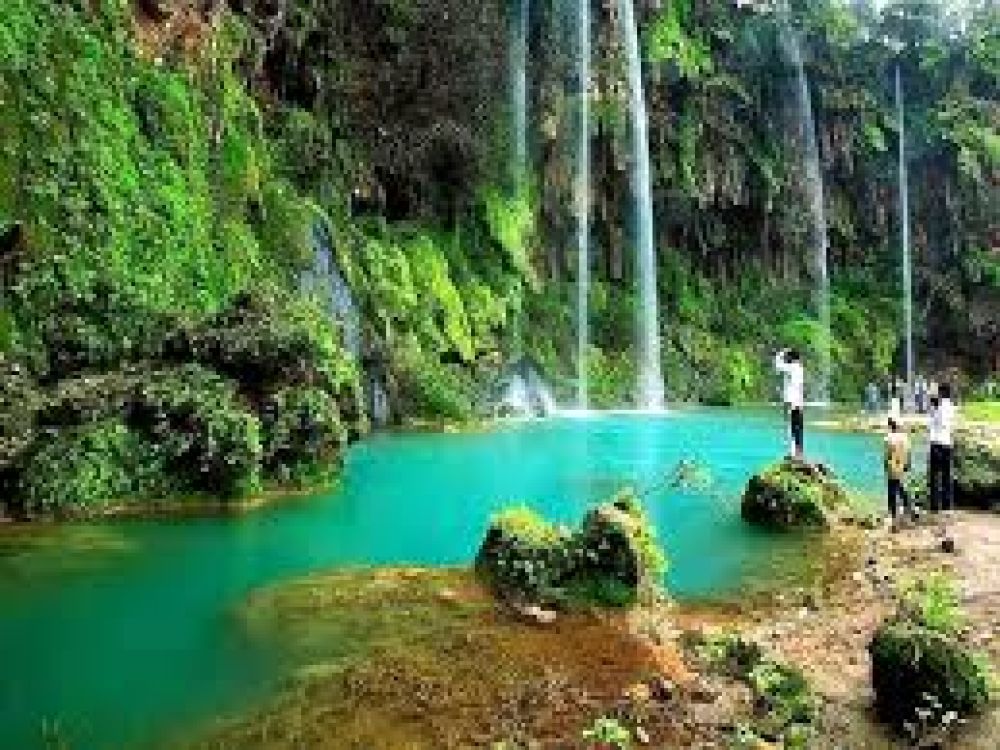
Overview: A seasonal waterfall that is at its most beautiful during the Khareef season, Ayn Athum is located in a mountainous area surrounded by thick greenery. The waterfall cascades over the rocks, creating a serene atmosphere.
Highlights:
Natural Beauty: The lush landscape and the waterfall are perfect for nature lovers and those looking for a peaceful spot to relax or picnic.
Hiking Trails: The area around the waterfall is great for hiking, offering scenic walks through the verdant hills.
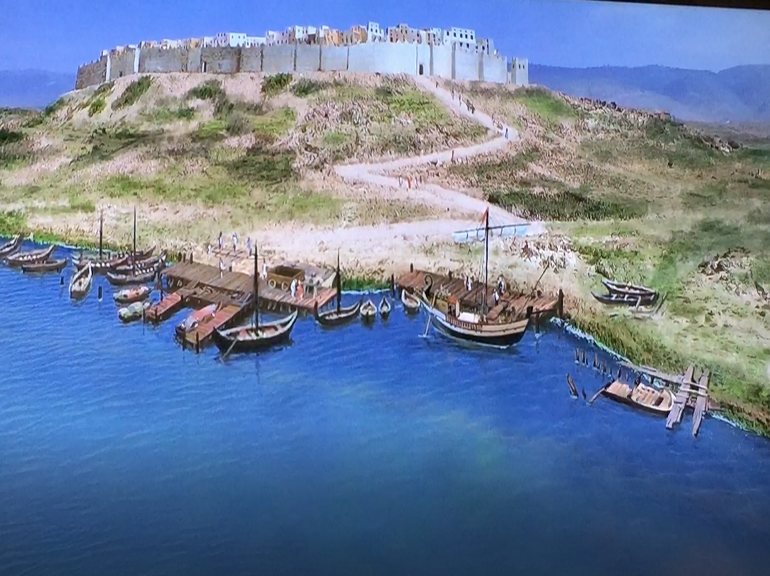
Overview: This beautiful lagoon, located near the ruins of Sumhuram, is a haven for wildlife and an important historical site. It’s an excellent spot for birdwatching, as it attracts migratory birds.
Highlights:
Birdwatching: Look out for flamingos, herons, and other migratory birds.
Tranquility: The lagoon’s peaceful ambiance makes it a perfect place to relax and enjoy the scenery.
Historical Significance: The lagoon was once a key port in the frankincense trade, adding a layer of historical importance to its natural beauty.
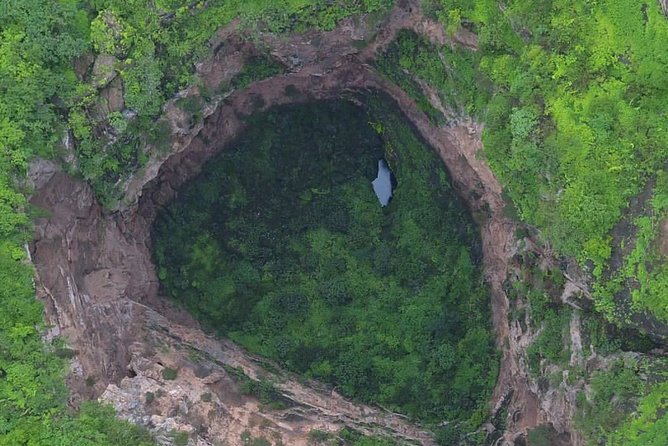
Overview: Known as the "Well of Birds," Tawi Atair is one of the world’s largest sinkholes, located in the Dhofar Mountains. The sinkhole plunges over 100 meters into the earth, and the surrounding area is rich with birdlife.
Highlights:
Hiking: The trek to the sinkhole provides scenic views of the surrounding countryside, making it a favorite for adventurous travelers.
Birdwatching: The sinkhole gets its name from the large number of birds that nest and live in the cliffs around it.
Salalah's attractions offer a blend of natural beauty, rich history, and cultural heritage, making it a diverse and fascinating destination for all kinds of travelers.
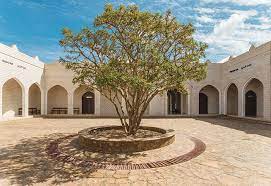
Overview: Salalah is world-renowned for its frankincense, which has been traded for thousands of years. Frankincense trees in Salalah’s surrounding areas, especially in Wadi Dawkah (a UNESCO World Heritage Site), produce this aromatic resin that was once considered more valuable than gold.
Cultural Significance: Frankincense is deeply rooted in Omani traditions, used in religious ceremonies, perfumes, and medicinal practices. Visitors can tour frankincense farms, explore Al Balid Archaeological Site, and visit the Frankincense Land Museum to learn about this vital trade.
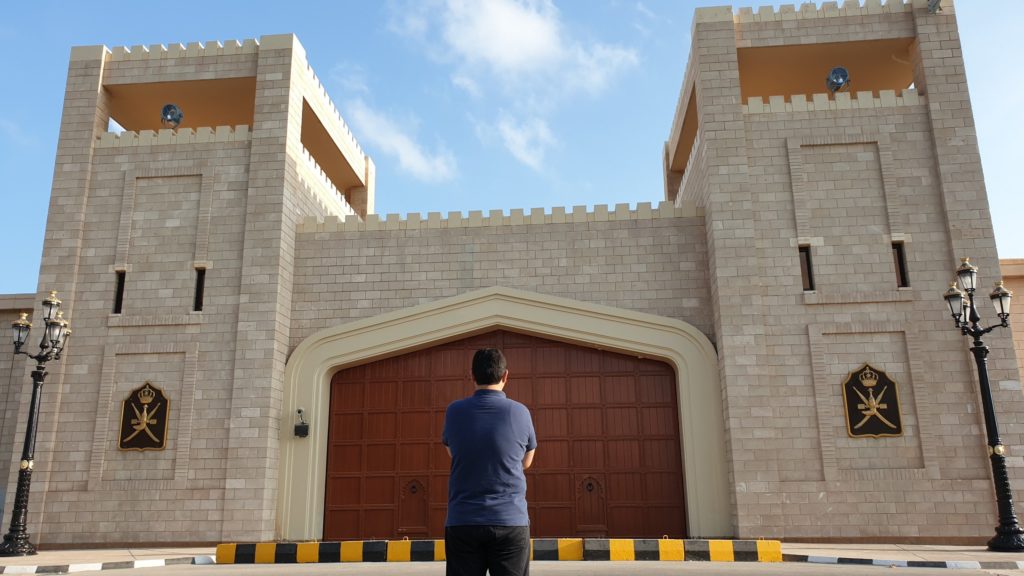
Overview: A visit to Haffa Souq provides an immersive experience of traditional Omani shopping. This bustling market is famous for selling frankincense, perfumes, spices, and handicrafts.
Cultural Experience: Visitors can interact with local vendors, learn about the art of frankincense trading, and purchase authentic Omani goods. The souq is also a great place to buy mukhallat, a traditional Omani perfume that blends frankincense with roses and sandalwood.
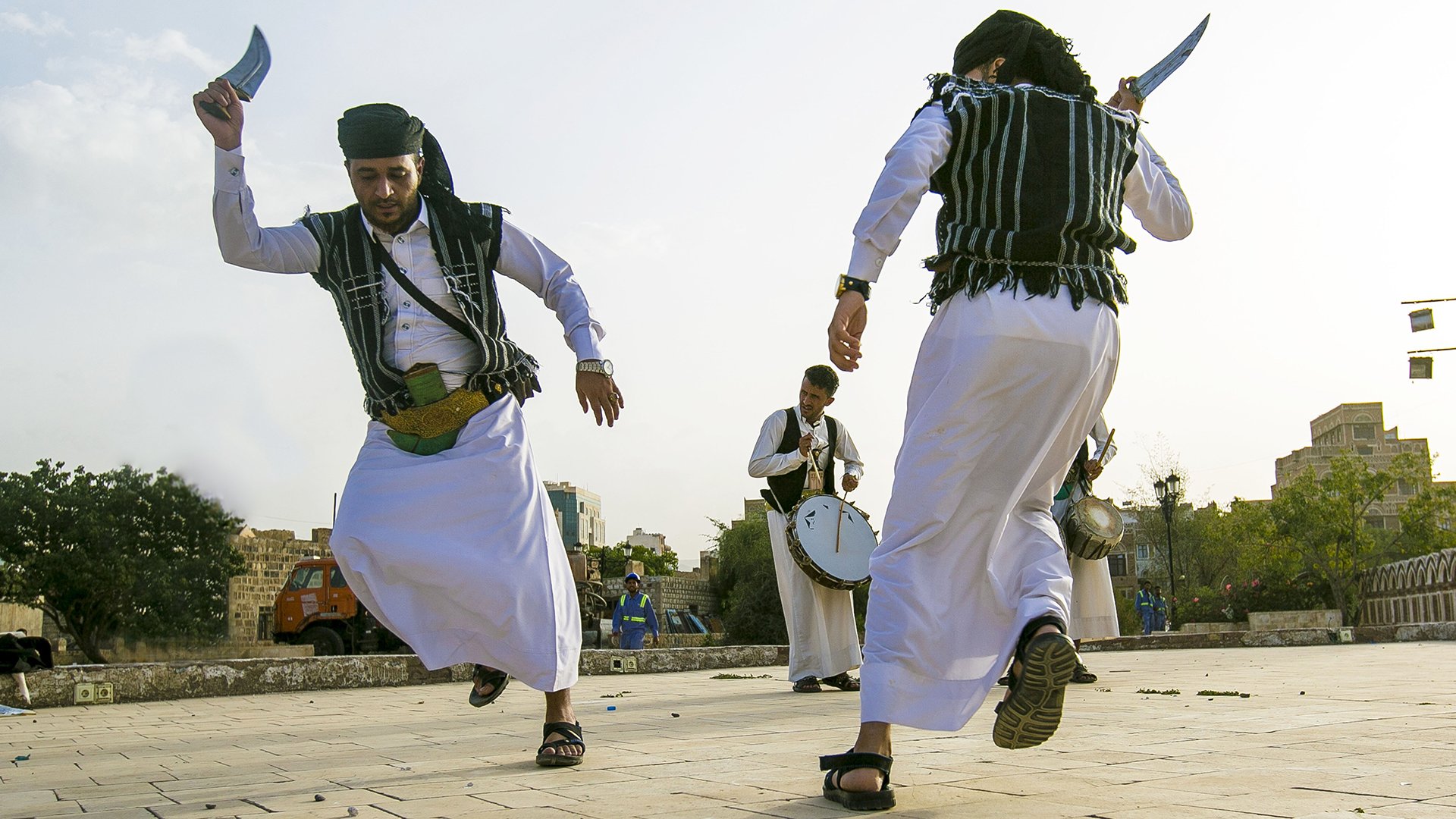
Overview: Traditional Omani music and dance are integral parts of cultural celebrations and festivals in Salalah. The Al-Bar’ah dance, a UNESCO-recognized cultural heritage, is one of the most famous traditional dances in the Dhofar region.
Cultural Experience: Performed at weddings, festivals, and other celebrations, Al-Bar’ah is a war-like dance where men carry swords and move to the rhythmic beats of the drums. Watching this performance gives you a glimpse into Oman's tribal heritage and Bedouin customs.
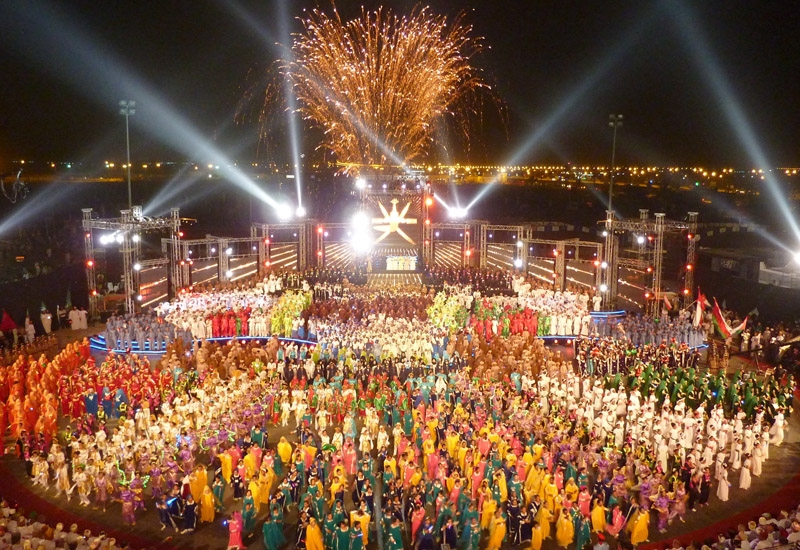
Overview: Held during the monsoon season (Khareef), this festival celebrates the lush greenery that covers Salalah from late June to early September. The Khareef Festival offers cultural displays, Omani folklore, traditional music, and dance performances.
Cultural Experience: Visitors can enjoy exhibitions of Omani arts, local crafts, camel races, and traditional foods, immersing themselves in the local culture.
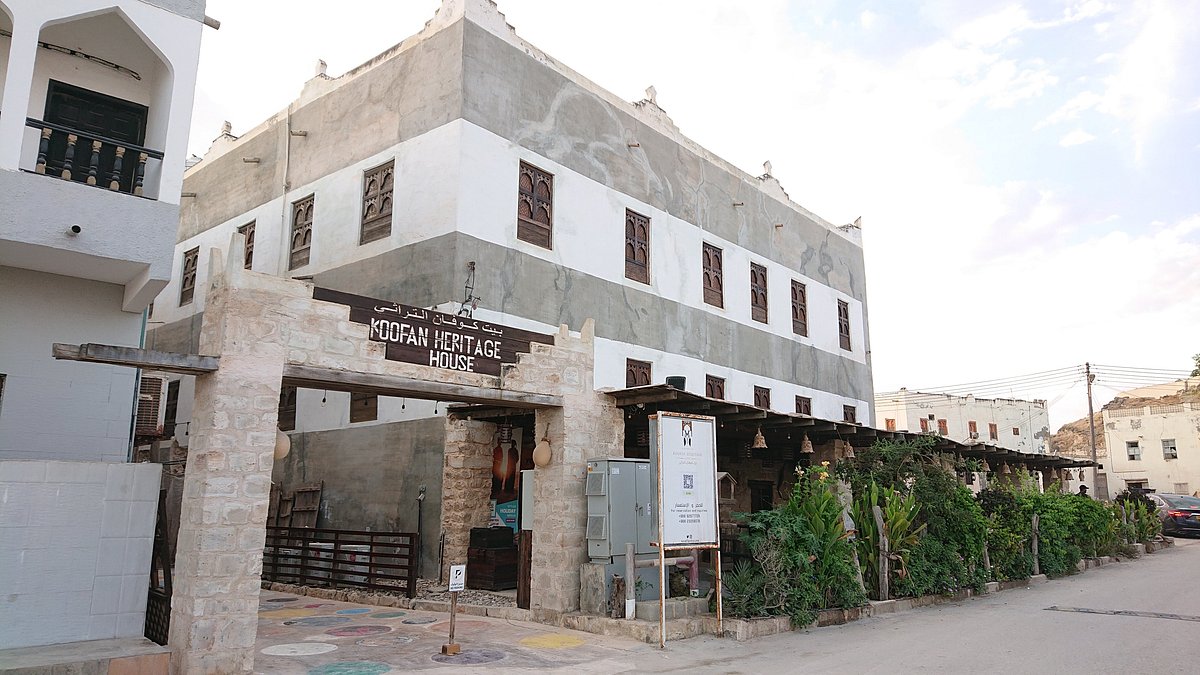
Overview: Exploring the traditional Omani houses in rural villages around Salalah offers a glimpse into the local way of life. Many of these houses are built from mud and stone, reflecting the region’s ancient architecture.
Cultural Experience: Guests are often welcomed by locals for a traditional Omani coffee (kahwa) and dates. The hospitality is a core aspect of Omani culture, and visiting a traditional home is a warm and authentic experience.
Salalah’s cuisine is distinct from the rest of Oman, thanks to its location, which allows for a blend of Omani, Yemeni, African, and Indian influences. The food here is fragrant, rich in spices, and often uses coconut, reflecting the tropical environment of the region.
Overview: Shuwa is one of Oman’s most traditional dishes and is particularly special during celebrations like Eid. It consists of marinated lamb or goat, wrapped in banana leaves or palm fronds, and slow-cooked in an underground sand oven for up to 48 hours.
Taste: The slow cooking process makes the meat incredibly tender and infused with the flavors of local spices like cumin, cinnamon, and coriander.
Cultural Significance: Shuwa is a communal dish, often shared among families during special occasions.
Overview: Another traditional dish, Madhbi is grilled meat (usually chicken) cooked on hot stones. This method gives the meat a smoky flavor and is typically served with rice and vegetables.
Taste: The meat is tender and lightly spiced, paired with simple sides to highlight the flavors of the meat itself.
Overview: Maqbous is Omani-style biryani, made from spiced rice, meat (lamb, chicken, or beef), and a variety of vegetables. The dish is similar to traditional biryani but has unique Omani flavors.
Taste: The rice is cooked with saffron, cinnamon, cardamom, and cloves, giving it a fragrant, aromatic taste, often topped with fried onions, raisins, and nuts.
Overview: Given Salalah’s coastal location, fresh seafood is a major part of the local diet. Lobster, shrimp, and fish are grilled, fried, or made into stews.
Taste: Freshly caught seafood, seasoned with spices and herbs, is either grilled with lemon or served in coconut-based stews. Local favorites include lobster curry and grilled prawns.
Overview: A street food favorite in Salalah, Muttabak is a stuffed flatbread that can be filled with sweet or savory ingredients. Popular fillings include minced meat, eggs, or cheese.
Taste: Crispy on the outside and flavorful on the inside, Muttabak is often served with a side of spicy chutney.
Overview: Maqbous is Omani-style biryani, made from spiced rice, meat (lamb, chicken, or beef), and a variety of vegetables. The dish is similar to traditional biryani but has unique Omani flavors.
Taste: The rice is cooked with saffron, cinnamon, cardamom, and cloves, giving it a fragrant, aromatic taste, often topped with fried onions, raisins, and nuts.
Overview: Given Salalah’s tropical climate, coconut plantations are abundant, and fresh coconut water is a common refreshment. You’ll also find an array of freshly made fruit juices, including banana, papaya, and mango.
Taste: Refreshing and naturally sweet, these drinks are perfect to cool down in the tropical heat.
Overview: Kahwa is a traditional Omani coffee made from lightly roasted coffee beans, flavored with cardamom and saffron. It’s often served with dates and is an essential part of Omani hospitality.
Taste: Unlike Western coffee, kahwa is mild, aromatic, and often served in small cups as a gesture of warmth and hospitality.
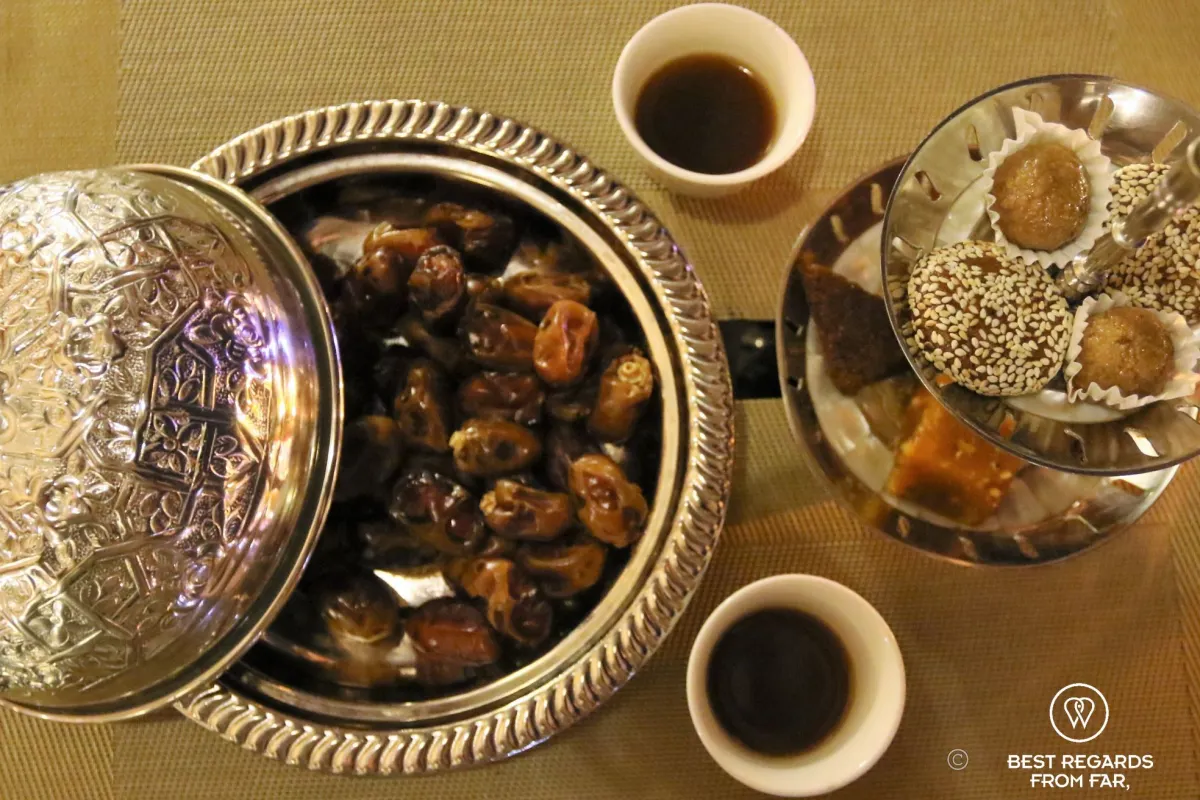
Date Desserts
A soft, chewy date-based dessert often mixed with ghee, cardamom, and sesame seeds.
Most Popular Destinations
Wadi Darbat
Scenic Beauty: Wadi Darbat is one of the crown jewels of Salalah’s natural landscape. The wadi (valley) is flanked by lush greenery during the Khareef (monsoon) season, which transforms the otherwise arid landscape into a tropical paradise. Waterfalls cascade down from the cliffs, and the serene lake formed at the base is perfect for boating or simply relaxing by the water.
Unique Features:
Waterfalls: The main waterfall can reach heights of 100 meters, creating a breathtaking view. Smaller cascades also form during the rainy season, offering scenic spots along hiking routes.
Boating: The lake in Wadi Darbat is large enough for paddle boats and kayaking, allowing visitors to enjoy the view from the water.
Flora: The wadi is rich in tropical plants, making it a contrast to the surrounding desert environment. Papaya trees, banana groves, and lush grasses dominate the area during the Khareef season.
Wildlife: In addition to camels, you might spot grazing cattle and goats. Birds are abundant, with herons and kingfishers frequently seen near the water.
Overview: As one of Oman’s most famous mountain ranges, Jebel Samhan offers hikes that challenge adventurers with steep ascents and rugged terrains. Rising to an altitude of over 2,100 meters, it boasts dramatic views of cliffs, deep canyons, and the Arabian Sea on clear days.
Hiking Highlights:
Samhan Plateau: From the top of the plateau, hikers are rewarded with panoramic views of the Dhofar region, especially striking during sunrise or sunset. The expansive landscape, with cliffs plunging into vast valleys, gives an overwhelming sense of grandeur.
Caves and Gorges: Several caves, such as the Taiq Cave, and deep gorges within the mountain offer spelunking opportunities for more adventurous hikers.
Camping: The plateau also offers great camping spots, with cool breezes and starry night skies far from the city’s lights. Many trekkers choose to set up camp for an overnight experience.
Wildlife: The rare Arabian leopard has its last significant populations in this region. While sightings are rare, conservation efforts focus on protecting this endangered species. The area is also home to gazelles, hyenas, and vultures, particularly around the cliffs.
Jebel Samhan
KHASAB HALF DAY DHOW CRUISE
Overview: Tawi Atair, or the “Well of Birds,” is one of the world’s largest sinkholes. With a depth of over 200 meters, it is a geological marvel, surrounded by rocky cliffs and lush greenery.
Hiking Experience:
Descent and Exploration: While you can’t descend into the sinkhole without specialized gear, hiking along its rim offers spectacular views into the vast chasm. The unique limestone formations and echoing sounds from within the hole create a surreal experience.
Nearby Caves: The area around the sinkhole is dotted with caves, including Taiq Cave, one of the largest in the region. Explorers can venture into the cave system, but it requires an experienced guide.
Birdwatching: The sinkhole earns its name from the flocks of birds that inhabit the area, particularly kestrels and falcons. Their nests are often visible along the cliffs, and their calls echo through the sinkhole.
Geological Significance: The sinkhole was formed by limestone erosion, and the surrounding cliffs display dramatic layers of rock, providing insight into the region’s ancient geological history.
Scenic Beauty: During the Khareef season, Ayn Athum comes to life with water cascading over rocky ledges surrounded by ferns, palms, and tropical vegetation. The sound of the waterfall creates a peaceful atmosphere for hikers.
Trail Features:
Nature Walk: The hike to the waterfall is relatively short and easy, ideal for families. The path winds through verdant forested areas, with small streams and pools where hikers can dip their feet.
Photography: The waterfall is an excellent spot for nature photography, particularly during the rainy season when the surrounding foliage is vibrant and the mist from the falls creates a magical effect.
Picnics: Many visitors enjoy a relaxed afternoon picnicking near the base of the waterfall, with several shaded areas perfect for a rest.
Wildlife: The forested area around Ayn Athum is home to various birds, and you may encounter lizards basking in the sun or small mammals hiding in the underbrush.
KHASAB MOUNTAIN SAFARI
KHASAB HALF DAY DHOW CRUISE
Unique Ecosystem: Wadi Hinna, also known as the “Valley of Baobabs,” is one of the few places in the Arabian Peninsula where you’ll find baobab trees, which are typically native to Africa. These ancient trees, some over a thousand years old, give the valley a prehistoric, otherworldly feel.
Hiking Features:
Baobab Trees: The hike through the valley takes you past towering baobabs with wide, gnarled trunks and sparse branches. These trees are incredibly resilient, storing water in their trunks to survive the dry season.
Shaded Walks: The shade provided by the trees makes the hike enjoyable even during warmer months. The valley floor is dotted with small streams during the Khareef season, adding to the greenery.
Quiet and Secluded: Wadi Hinna is less frequented by tourists, making it a peaceful and off-the-beaten-path destination for hikers seeking solitude.
Wildlife: Aside from the iconic trees, you may encounter camels grazing or see ibexes in the distance on rocky outcrops.
Overview: Jebel Qara is a lesser-known, but equally stunning mountain range in the Dhofar region, offering a mix of rugged trails, caves, and spring-fed wadis.
Hiking Features:
Limestone Caves: The mountain is home to many limestone caves, including hidden ones that are waiting to be explored. These caves offer a cool retreat during the hike and are filled with fascinating formations like stalactites and stalagmites.
Springs and Wadis: Small natural springs bubble up throughout Jebel Qara, particularly during the Khareef season, making it a green oasis amidst the otherwise arid landscape. These springs feed into wadis where hikers can take a refreshing break.
Long-Distance Treks: The Jebel Qara area offers opportunities for multi-day treks, where hikers can explore the different valleys and peaks, camp in the wilderness, and truly experience the raw nature of Oman.
Wildlife: Jebel Qara’s remoteness provides a refuge for wildlife, including desert foxes, wild goats, and a variety of birds such as eagles and falcons.
Jabal Qara oman
Most Popular Destinations
Arabian Leopard
Habitat: The Arabian leopard primarily resides in the rugged mountain ranges of Jebel Samhan and Jebel Qara. These solitary animals are highly elusive and inhabit the remote, less disturbed parts of the mountains.
Conservation Efforts: The Arabian leopard is critically endangered, with only a few individuals remaining in the wild. Oman’s government and international organizations are working to preserve their habitat and protect them from threats such as poaching and habitat loss.
How to Spot: While chances of seeing an Arabian leopard are slim, hikers can keep an eye out for tracks or signs of their presence, such as scratches on trees or rocks.
Khawr Rori Lagoon: A must-visit for birdwatchers, Khawr Rori is a sanctuary for both migratory and resident birds. During the winter months, you can observe large flocks of flamingos, herons, plovers, and sandpipers. The lagoon’s mangroves provide an essential habitat for these species, and early morning is the best time for birdwatching.
Wadi Darbat: Offers excellent opportunities to spot eagles, vultures, and various smaller bird species. The cliffs are nesting grounds for these birds of prey, making it a prime location for raptor enthusiasts.
Rare Species: Look out for the Arabian partridge and the Egyptian vulture, both of which are frequently seen in the Dhofar region.
KHASAB MOUNTAIN SAFARI
Camels
Cultural Symbol: Camels play an integral role in Omani culture, particularly in the Dhofar region, where they have been used for transport, trade, and food for centuries. They roam freely across the landscape, particularly during the Khareef season when the vegetation is lush.
Camel Tours: Visitors can take part in camel riding tours, which offer a traditional way of exploring Salalah’s beaches
ebel Qara’s remoteness provides a refuge for wildlife, including desert foxes, wild goats, and a variety of birds such as eagles and falcons.
By Air: Salalah International Airport (SLL) connects to major Gulf cities. Oman Air and SalamAir offer domestic flights from Muscat.
By Road: A scenic 10-hour drive from Muscat via Route 31, passing coastal cliffs and deserts.
Local Transport: Rent a 4×4 for remote areas. Taxis and ride-hailing apps like OTaxi are available.
Luxury: Al Baleed Resort by Anantara (private villas with lagoon access), Crowne Plaza Resort Salalah.
Mid-Range: Juwa Hotel, Hilton Salalah Resort.
Budget: Salalah Gardens Hotel, Beach Villas.
Dress Modestly: Cover shoulders and knees, especially in rural areas.
Respect Ramadan: Avoid eating/drinking in public during daylight hours.
Health Tips: Stay hydrated, use sunscreen, and avoid wadis during heavy rains.
From misty mountains to golden deserts, Salalah’s tour packages unlock Oman’s best-kept secrets. Whether you’re chasing waterfalls in the monsoon or stargazing in the Empty Quarter, Salalah promises a journey like no other. 🌴✨
Salalah, the lush capital of Oman’s Dhofar region, is a destination of contrasts—where emerald mountains meet turquoise seas, ancient ruins whisper tales of frankincense traders, and monsoon mists transform deserts into fairy-tale landscapes. Whether you’re a culture enthusiast, an adventure seeker, or a family looking for a unique getaway, Salalah tour packages offer curated experiences to suit every traveler. Below, we break down the best Salalah tour packages, their highlights, and tips for planning your dream trip.
At Pinkstone Travel, we specialize in creating unforgettable travel experiences tailored to your preferences. Here’s why our Salalah tour packages stand out:
Our team of travel experts has designed comprehensive Salalah itineraries that highlight the best attractions, activities, and hidden gems. From exploring the Khareef (monsoon) season’s lush landscapes to visiting ancient archaeological sites, we ensure you experience the true essence of Salalah.
From flights and accommodations to guided tours and transportation, we take care of all the details so you can focus on enjoying your trip. Our partnerships with top airlines, hotels, and local guides guarantee a smooth and hassle-free journey.
Whether you’re traveling solo, with family, or in a group, our Salalah tour packages are fully customizable. Add extra days, upgrade accommodations, or include additional activities based on your interests—our consultants are here to make your trip uniquely yours.
We offer premium Salalah tour packages at competitive prices, ensuring exceptional value for your money. Our transparent pricing policy means no hidden fees, giving you peace of mind throughout your vacation.
With years of experience organizing trips to Salalah, we understand the region’s nuances and know how to enhance your visit. Our knowledgeable guides provide fascinating insights into Salalah’s history, culture, and natural wonders, making your journey both educational and enjoyable.
Salalah is a treasure trove of breathtaking sights and experiences. Below are some must-visit destinations included in our carefully curated packages:
One of Salalah’s most iconic natural wonders, Wadi Darbat is a picturesque valley surrounded by towering mountains, cascading waterfalls, and crystal-clear lakes. During the Khareef season (June to September), the area transforms into a verdant paradise, perfect for picnics, photography, and nature walks.
Step back in time at this UNESCO World Heritage Site, which showcases the remnants of an ancient city dating back to the Frankincense Trade Era. Explore the museum, stroll through the ruins, and learn about Salalah’s role as a hub of commerce and culture thousands of years ago.
Located within Al Baleed Archaeological Park, this museum offers a deep dive into Salalah’s history as the heart of the global frankincense trade. Discover artifacts, exhibits, and interactive displays that bring the past to life.
A revered religious site, Job’s Tomb is believed to be the resting place of Prophet Ayoub (Job). Pilgrims and visitors alike flock to this serene location to pay their respects and admire the stunning views of the surrounding landscape.
This historic port city was once a thriving center of maritime trade and is now a UNESCO-listed archaeological site. Wander through the ancient ruins and imagine life during the heyday of the Frankincense Route.
While the palace itself is not open to the public, its grand exterior and beautifully landscaped gardens are worth a visit. The palace serves as a symbol of Oman’s rich architectural heritage and royal legacy.
Relax and unwind on Salalah’s pristine beaches, such as Mughsayl Beach and Al Fizayah Beach. These stretches of golden sand are ideal for swimming, sunbathing, and enjoying the soothing sound of the waves.
Another UNESCO World Heritage Site, Sumhuram was an important trading port during antiquity. Marvel at the well-preserved ruins and learn about the city’s significance in ancient maritime history.
The Khareef season (monsoon) is one of the most magical times to visit Salalah. Between June and September, the region transforms into a lush, green oasis thanks to the cool mist and rainfall. Our Salalah tour packages during this period include special activities like:
Don’t miss the chance to witness this extraordinary phenomenon with Pinkstone Travel!
To cater to diverse traveler preferences, we provide a variety of Salalah tour packages:
Indulge in opulent accommodations, private transfers, and exclusive excursions. Perfect for those who seek comfort and elegance during their travels.
Our family-oriented packages include kid-friendly activities, spacious accommodations, and flexible schedules to ensure a stress-free vacation for everyone.
For thrill-seekers, we organize exciting adventures such as off-road safaris, mountain treks, and snorkeling expeditions along Salalah’s coastline.
Dive deep into Salalah’s rich heritage with guided visits to historical sites, interactions with locals, and opportunities to participate in traditional crafts and cooking classes.
Combine Salalah with other stunning destinations in Oman, such as Muscat, Nizwa, and Wahiba Sands, for a comprehensive exploration of the Sultanate.
Pinkstone Travel doesn’t just book trips—we create memories. Here’s what makes our Salalah tour packages truly exceptional:
Our Salalah tour packages are designed to provide a seamless and enjoyable experience. Depending on the package you choose, the following may be included:
For customizable packages, additional inclusions such as private guides, luxury stays, or adventure activities can be arranged upon request.
The best time to visit depends on your preferences:
We recommend booking early, especially for Khareef season, as accommodations and flights tend to fill up quickly.
Yes, most travelers require a visa to enter Oman. However, Pinkstone Travel Saudi simplifies the process by assisting with visa applications and ensuring all documentation is in order. Our team will guide you through the requirements based on your nationality and travel plans.
Absolutely! We offer family-friendly Salalah tour packages that cater to travelers of all ages. These include spacious accommodations, kid-friendly activities, and flexible itineraries to ensure a stress-free experience for parents and children alike. Popular family activities in Salalah include beach outings, picnics at Wadi Darbat, and visits to local markets.
Yes, customization is one of our specialties! Whether you want to add extra days, upgrade your hotel, or include specific activities (e.g., off-road safaris, cultural workshops), our consultants will work closely with you to design a personalized itinerary that matches your interests and budget.
We partner with a wide range of accommodations to suit different preferences and budgets, including:
During the Khareef season, we prioritize securing rooms at high-demand resorts to ensure availability.
Yes, Salalah is considered a very safe destination for travelers. Oman is known for its hospitality, low crime rates, and welcoming atmosphere. Our team ensures that all aspects of your trip, from transportation to guided tours, adhere to the highest safety standards.
Packing essentials depend on the time of year you’re visiting:
Don’t forget essentials like a camera, medications, and any personal items you might need.
Yes, our guided tours are available in several languages, including Arabic, English, and other popular languages upon request. Let us know your language preference when booking, and we’ll arrange a guide accordingly.
We recommend booking at least 2-3 months in advance, especially during peak seasons like Khareef. Early bookings not only secure better rates but also ensure availability for flights, accommodations, and popular activities.
We offer a variety of secure payment options, including credit/debit cards, bank transfers, and online payment gateways. Our team will provide detailed information about payment terms and deadlines once you confirm your booking.
We understand that plans can change unexpectedly. Our cancellation and rescheduling policies vary depending on the package and services included. Typically, refunds or date changes are subject to the terms agreed upon at the time of booking. Our team will assist you in navigating these processes and finding the best solution for your situation.
Yes! Many of our clients opt for combined Oman tours that include Salalah along with other iconic destinations like Muscat, Nizwa, Jebel Akhdar, or Wahiba Sands. These multi-destination packages allow you to explore the diverse landscapes and cultures of Oman in one trip.
Absolutely! We provide special rates for group bookings, whether you’re traveling with family, friends, or colleagues. Contact our team to discuss group size and preferred itinerary so we can tailor a package that suits your needs.
Subscribe to the free newsletter and stay up to date